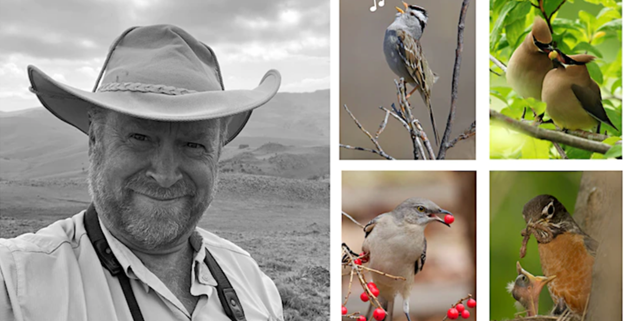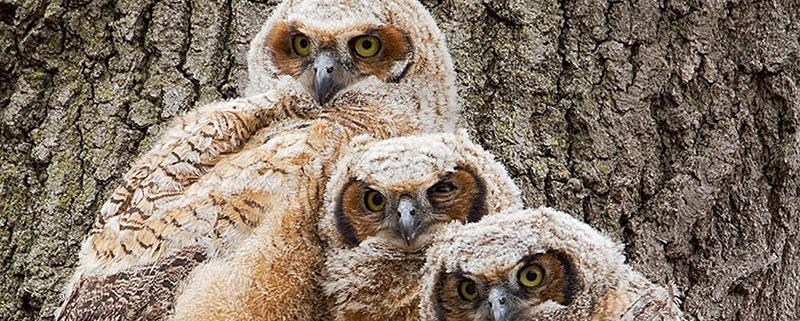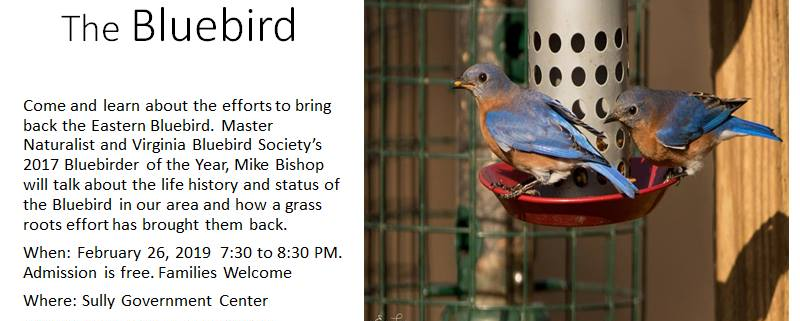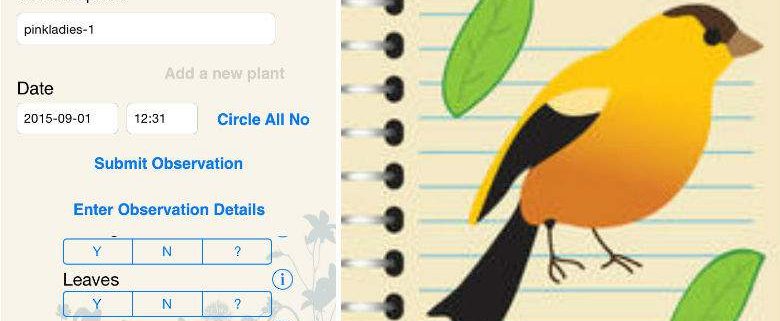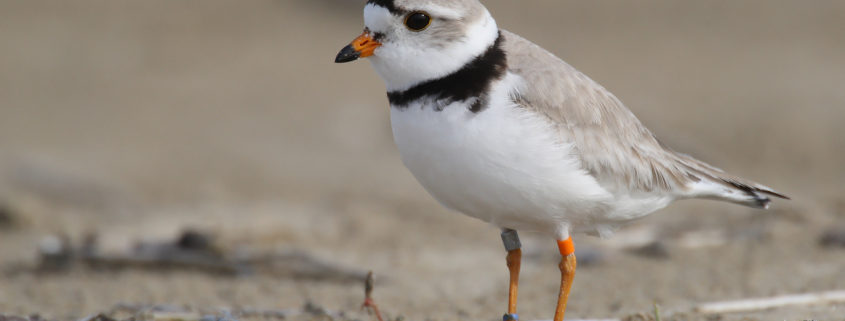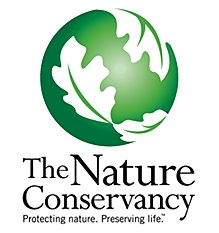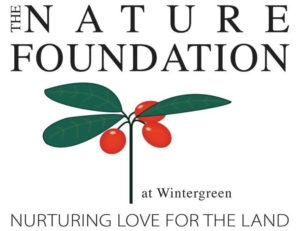Spring Ornithology Course with Dr. Chris Haney, Begins March 27th — Canceled
Photo: Courtesy of Chris Haney
Dates: March 27, 29; April 3, 5, 17, 19, 24, 26; May 1, 3, 8, 10,
Time: 7:00 – 8:00 PM
Where: Virtual
Members: $150
Non-Members: $175
Click here for Registration and additional details.
This 12-part online course is designed and presented at an introductory, university level, with two one-hour sessions per week over 6 weeks.
The course will cover:
- Bird song
- Avian diet and foraging
- Mate selection and social behaviors
- Breeding biology (incubation, chick-rearing, postnatal care)
- Bird populations
- Avian conservation and sustainable management
Instructional presentations will include PowerPoint slides, auditory or video supplements, and some in-class participatory exercises. Each Zoom session will be made available to all participants by the following day.
This course will be fully virtual. Participants are encouraged to attend at least 3 group bird walks during the 6-week period as homework. Residents of Northern Virginia are encouraged to participate in walks organized by Audubon Society of Northern Virginia or the Northern Virginia Bird Club.
Instructor: Dr. Chris Haney’s expertise in ornithology includes marine science, climate change, wildlife biology, ecosystem management, and conservation policy. His projects and scholarly work have taken him to Mexico, Guatemala, Belize, Jamaica, Dominican Republic, Puerto Rico, Cuba, the Bahamas, Lesser Antilles, several countries of southern Africa, and the former Soviet Union. He has authored over 80 peer-reviewed journal articles, book chapters, and technical notes, over 150 reports, abstracts, testimony, blog communications, and other public documents, and delivered more than 150 invited seminar, conference, and workshop presentations. Chris’s knowledge and enthusiasm in the classroom consistently inspire his students!


